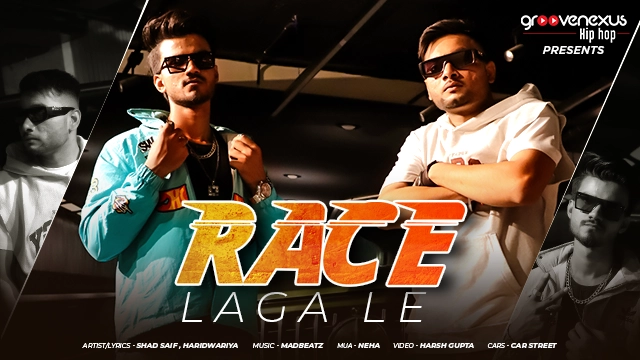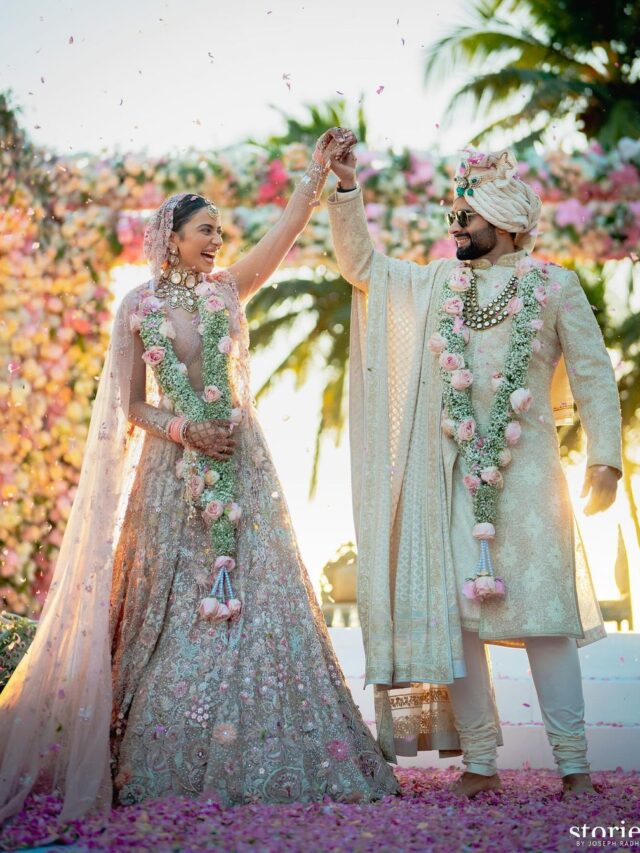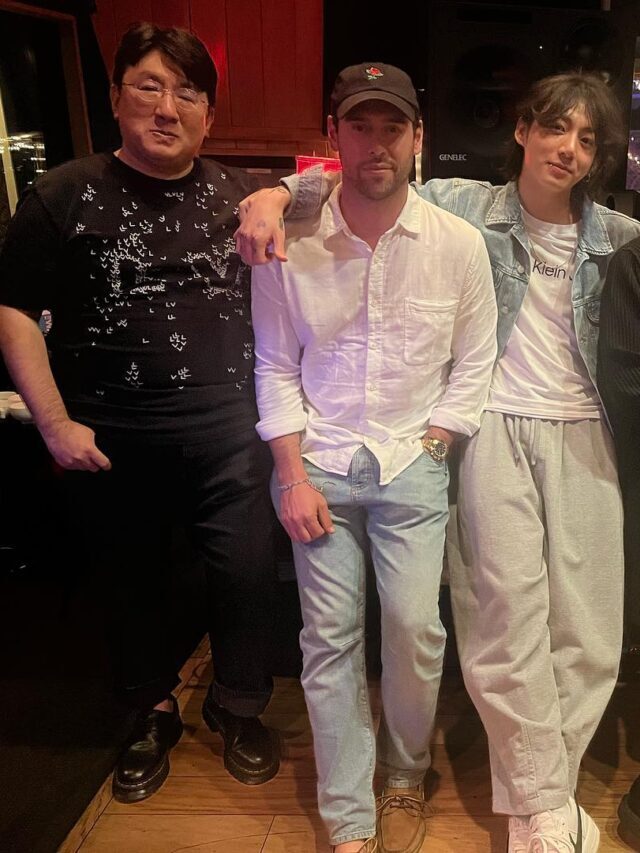What is music production?
It is the process of handling the management and supervision of recording and producing a song from lyric writing and composing melodies to mastering the song’s final version. There are many tasks included in the production, from song production to toplining, or just mixing and mastering alone. Suppose you are wondering who a music producer is or what a music producer does. In that case, there are mainly six stages that are involved in the production of music that are taken care of by the music producer altogether, they are:
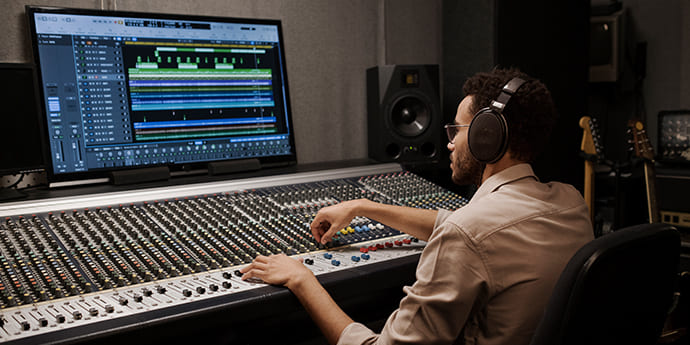
- Songwriting
- Recording
- Editing
- Arrangement
- Mixing
- Tracking
- Mastering
Let’s have a look at the required equipment and gear for music production before we dive deep into each of the above six stages.
Table of contents
Equipment for Music Production
In order to learn how to produce music or how to start producing music you will require the necessary gear and equipment to make a full-fledged track. Even though the market for production technology is full of tools, both hardware and software, you do not need the costliest of tools to set up your home studio. You can get whatever is in your budget and fulfil your production needs from A to Z and get going!
Major components of a Home Studio
- Laptop/Computer
- Audio Interface
- Digital Audio Workstation (DAW)
- Microphone
- Monitor speakers/Headphones
- Plug-ins
1. Laptop/Computer
A laptop or a computer is a must even if you want to learn music production let alone become a music producer. Your desktop is where you will install your free music production software. You can also choose a paid one, but you should first try out the free music production software and get hands-on with its user interface as a beginner.
You don’t have to buy the latest MacBook pro; you can buy the most basic music production gear like a laptop with an intel core i5 processor with a 16 gb RAM and you are good to go.
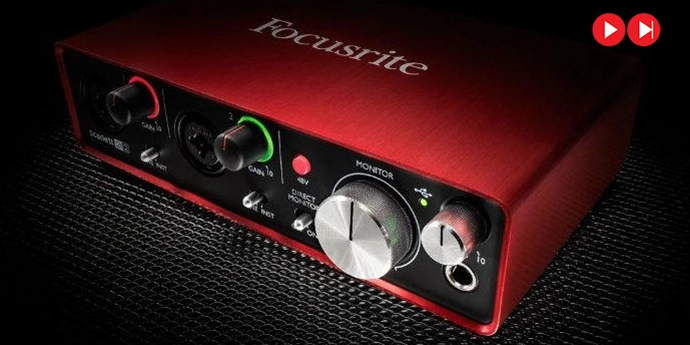
2. Audio Interface
There are two purposes of an audio interface: one is to be able to record music and sounds of different instruments via microphone/line input and second is to connect your headphone or speaker to your monitor to listen actively to what you are making. An audio interface is connected via USB. Thunderbolt and FireWire are widely used connections in a Mac. You can begin with a 2-input interface and can record every instrument/vocal with you microphone. Input can also be used to record the electric guitar if connected directly.
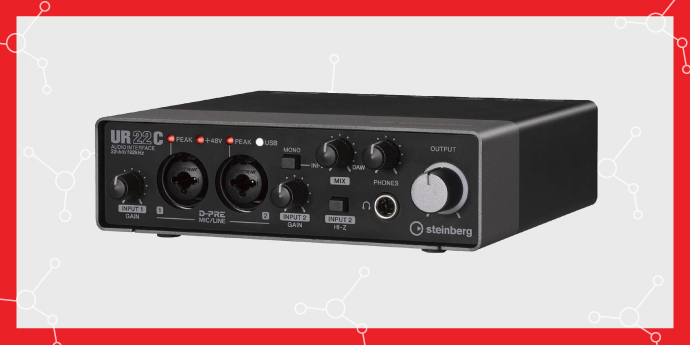
3. Digital Audio Workstation (DAW)
A digital audio workstation or a DAW is the music production software installed on your laptop or computer on which you will write, record, produce, master and mix your music. As a music producer, you will have an ample number of choices, it is just a matter of how your own taste of music is and what kind of workflow do you prefer the most. It is improbable that you will keep changing your DAW. You will most probably be sticking to the DAW that you chose to work in first.
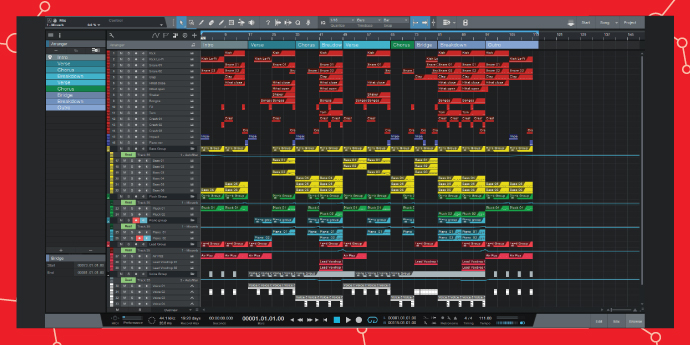
Some of the most popular DAWs out there are:
- FL Studio
- Apple Logic Pro
- Ableton Live
- PreSonus Studio One
- Steinberg Cubase, and many more.
4. Microphone
Although not mandatory but highly recommended, various types of microphones are used to record vocals, piano, guitar licks, melodies, and drums. Audio-Technica is an all-rounder mic that could be a good choice for all your recording needs as a beginner.
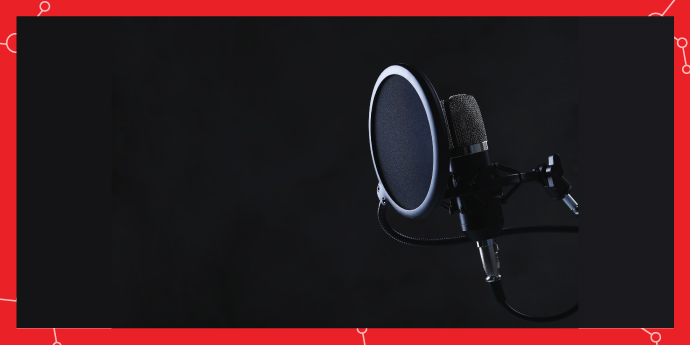
5. Monitor speakers/Headphones
Monitor Speakers or headphones are very crucial for obtaining desired results in music production for beginners or pros. All the frequencies can be heard levelling out equally when you use a decent headphone or a speaker setup. You don’t need the expensive most headphones or speaker out there but also refrain from buying the cheapest ones as a good quality headphone or speaker will emphasize one frequency over the other too. Apart from this, you also have to take care of your speaker system and should be well aware of how it sounds in your home studio.
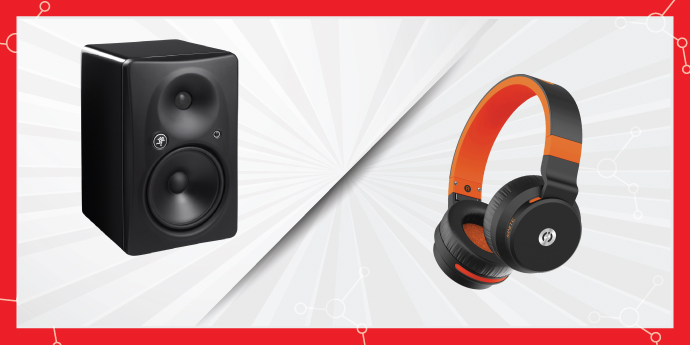
6. Plug-ins
Plug-ins are a great add-on for your music production studio/home setup. All the DAWs mentioned above come with many plugins of high quality for producing, mastering and mixing procedures. EQ, reverb, mastering limiter and a compressor are some of the plugins that will help you up your game in music production.
Setting Up of Music Production Equipment
Now that we have discussed all the required tools for music production, it’s time to arrange it all and start producing.
Your desktop will be the core of your music production setup. As that is where you will create the music for real that has been in your mind all this time. All the songs you will record will be stored on the computer and all the mixing and mastering will also be done on it. All the other equipment also will either stem from it or will be plugged into the computer hence, it will be the crux of your work.
The audio interface will be connected to your desktop through a USB and will act as a bridge between the digital and analog work and will work in both directions. All the digital instruments and samples and loops will go to your monitor speakers and your headphones via the interface.
Everything you will record will also move via interface directly or via microphone, which will be connected to the interface. Hence, the interface will convert analog signals to digital and digital signals to analog, in and out.
Music Production and its Steps
Now that you have set up everything, let’s move on to the best part, music production. By definition, music production comprises of songwriting, recording, mixing, mastering, editing and releasing your albums or uploading your music online for free. Now that there are many sounds, plugins and loops available, and non-destructive editing and recording, the whole process of producing music has become a little more non-linear.
Let us study the steps of music production in detail:
1. Songwriting
There are many kinds of producers, and some may not plan to write the lyrics of a song. Those of you can jump on to the next point. For the rest, songwriting is a holistic process.
In this step, you will have to write down all your ideal for music. It is most advisable to use rhythmic, melodic and harmonic conceptual ideas. Then gradually work on these ideas and develop them from the beginning till the very end, and you can also use voice notes if you’re not much of a pen-paper person.
A single melody or a beat will not be enough to make a whole song, so you have to start developing basic ideas in your head like different structures and harmonies. You can also fool around with different melodies and can couple them with various harmonic structural versions.
You can also try playing different harmonies, and melodies with different instruments as what may sound out of place with one instrument can sound perfectly in sync with another. After this, you have to lay down the harmonies with a pad and twice the number of piano chords with it. A song is written in different sections and arranged in those sections to finalize the track. The different sections of a song are:
- The intro
- Verse
- Chorus
- Bridge
2. Recording
Recording is one of the most significant pillar of music production. And is can also seem a little overwhelming at first, and you keep thinking if your creation if it will turn out as great as you thought for. But these are all valid questions and as a beginner in music production, you will not be able to get it right in the first attempt.
You will require a microphone and a set of headphones to start with for anything that you want to record. You will have to keep your monitor speakers at mute only to hear the instrumental sound and playback.
3. Editing
Editing is the process of manipulating and modifying the audio is to alter speed, length and volume to create additional versions such as samples and loops. Audio editing is always done via audio editing software on a computer, but people used to splice and tape the analogue tape with razor blades in earlier times. Audio production is not the same as audio editing as production includes software that helps in cleaning up the noisy and old audio and applies tape saturation effect along with equalization and compression.
4. Arrangement
In this step, you must choose the instruments that perfectly influence and complement the style and genre of your track. Then, you have to organize the instrumental part into the structure of the song you require in-depth. Ensure that you are not too loud as you start with the individual songs and push down your fades to-6db. In this way, you will get sufficient headroom and you can stack enough instruments and vocals. This also allows for adequate headroom for process of mixing.
5. Mixing
By the time you reach this step, your song is already structured out with your hooks and melodies in the correct place. After that, you have keep monitoring your mix until you reach a suitable volume, or you will get tired, and your ears will be exhausted, and you won’t be able to mix anything properly anymore.
As mixing is not an easy process and requires practice so don’t be disheartened if you do not get it right in the first go. Once you are done mixing. You have now produced a version of your track that seems good to you, and you are committed to its panning and rough levels. You have to blend in all your tracks that you recorded along with your virtual tracks in mixing. This can be done by using various processed and plugins such as Reverbs, compressor and EQ.
6. Tracking
The process of recording all the instruments used in making a song is known as tracking. Usually, every song is recorded using individual track at one time. And each time you start recording a new track, you listen to all the previous ones you recorded. This is known as multi-track recording. Each recorded element is provided its own track, so it becomes easier to control the balancing and effects of the individual tracks in the later stage. You can do the tracking with more than one musician present at once or each instrument one by one according to how you prefer the song to sound.
7. Mastering
In this stage, you add more clarity and brilliance to your track and polish it to the final stage.
You have to make sure that your song is balanced and optimized across all media formats, systems and different streaming platforms. There are a few plugins that might help you in finessing your track. Such as the Ozone plugin from Izotop stuffs all the tools used for mastering in one interface tidily and comes with different presets for various styles and genres.
Checklist for music production
Here’s the checklist for beginners to make it a little easier for all you young and budding producers:
Equipment for beginner music production
- Finding the right desktop
- Choosing a digital audio workstation (DAW)
- Choosing an audio interface
- Deciding which speakers or headphones to buy
- Choosing a microphone
- Choosing 2-3 necessary plugins, don’t forget the audio cables
- Setting up the equipment
Process of songwriting
- Noting down ideas for the song
- Arranging those ideas and creating a basic structure of the song
- Intro
- Verse
- Chorus
- Bridge
- (Chorus)
- Producing the song
- Recording music with all the vocals and instruments
- Mixing the song using plugins (EQ, reverb and compressor)
- Listen to the track on different systems and wait for some time
- Mixing the song again
- Mastering it
Music Production Tips
Music production is all about the smallest of details so here are some tips to get you started:
- While mixing music, look for certain buildups and correct transitions within the music structure.
- Before finalizing a track, look for any off harmony in the bridge and iron it out immediately.
- Try to use your own vocals before you record with the actual singer to test out your ideas and can shape the song the way you want.
- These vocals can be used in the final mix of the song, or you can have the singer record it for you.
- Apart from music production, as a musician you also need to take care of the marketing aspect of your music. As a beginner you will not have a production house doing all these things for you so, must work out marketing strategies as a musician to promote your music.
- Along with that, you will also be in charge of your own music publishing and distribution as an artist and you will also oversee the music PR and media being a one-man army so, you ought to be proactive at this stage.
Read, retain, and return to your art of music production –
Not only music, learning and acquiring knowledge in any field is a continuous process. Upskilling your knowledge is an excellent way to get better at music production. Don’t get bogged down with the theory, and start practicing as soon as you learn.
After acquiring knowledge, start putting it into practice.
Continue your creativity and workflow open, and don’t let anything stop you from making cool tracks! Get your hands on electronic music production with our latest blog.
Conclusion
We have reached the end of the blog. We hope you enjoyed reading and we’ve answered most of your questions about how to start producing music. The process of songwriting, being aware of all the essential parts, required equipment and building, mixing, tracking, recording and mastering are the major techniques of music production that you need to conquer to jumpstart your career in making music.
Also learn about the journey and evolution of pop music and its production.



